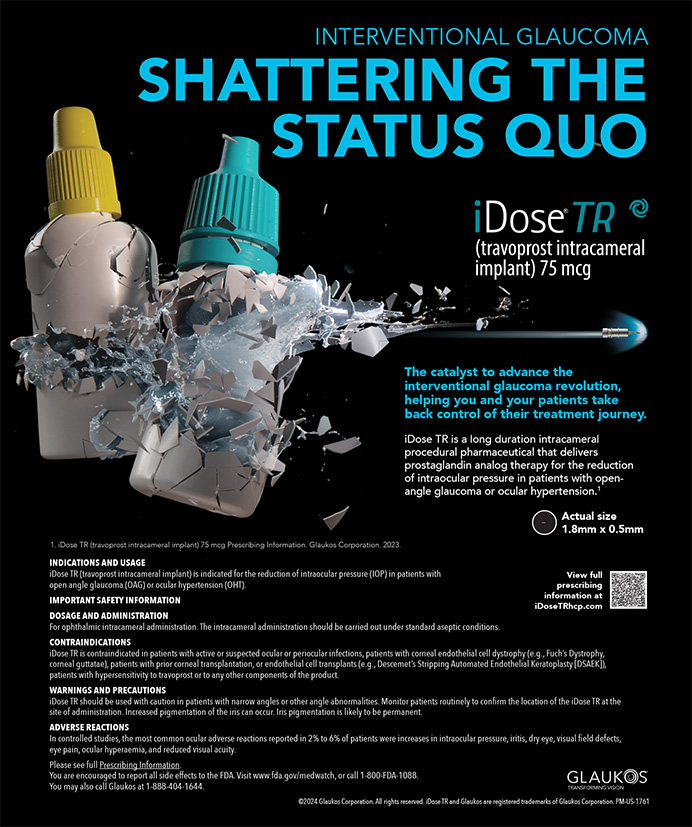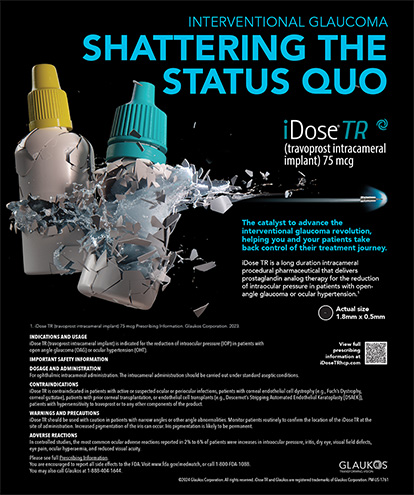The news this summer was filled with stories of medical facilities closing their doors. Las Vegas made headlines recently because the town's only trauma center closed for 10 days. Last month, the team doctor for the Philadelphia Eagles relinquished his position after 7 years because he was dropped by his commercial malpractice insurer. OB/GYN practices throughout the country are closing or relocating to other states. These dramatic events can all be blamed on skyrocketing malpractice claims and premiums.
PREMIUMS SPIKED IN 2000
The sharp rise in malpractice premiums is due, in part, to a major tightening in the general property and casualty (P&C) insurance industry that began in 2000. Jerry Sullivan, Chairman of The Sullivan Group, a Los Angeles-based insurance brokerage firm, attributes this P&C tightening to three factors:
• a breakdown of underwriting discipline developed from an overdependence on investment returns and cash flow underwriting; and
• balance sheet manipulation. Some 60% of any insurer's liabilities are reserves for open and yet-to-be-reported claims. “While those are educated guesses as to what claims will ultimately cost, it is possible to do some pretty silly things with those figures,” claims Sullivan. When insurers are overly optimistic on setting reserves, it can lead to even more underpricing of premiums, causing greater losses when those claims are ultimately paid.
As a result of the above-mentioned conditions, the P&C industry began to run deficits in 1999, causing several companies to fold, and deterring others from expanding into risky lines, such as medical malpractice. The combined ratio (CR) is the basic measure of an insurance company's profitability, which is derived by dividing an insurer's expenses by total premiums. A 100% CR means that a company took in enough premiums to cover their expenses, including claims (CR excludes investment income, so a company can operate at a CR somewhat in excess of 100% and make up the difference with investment income). Most investors expect returns of at least 15%, which is why capital has been fleeing the P&C market for the past several years.
MALPRACTICE PREMIUMS HIT HARDEST
If the general P&C market has been gloomy, then the medical malpractice market has been devastated. Premiums have soared in the past 2 years, bucking a 10-year trend that saw malpractice premiums decrease substantially during the period from 1991 to 2000. During this time, competition among insurers pushed premiums downward. More insurance companies entered the malpractice market propelled by (1) high interest rates, (2) a temporary decrease in claim frequency, (3) excess loss reserves, and (4) high levels of investment income.1 By 1999, claim frequency returned to its previous level, claim severity increased, and interest rates hit new lows, increasing the need for premium dollars.2
During the past 2 years, medical malpractice premiums have increased from 50% to over 400%, depending on the jurisdiction. Andrea Duncan, a Senior Vice President at Professional Medical Insurance Services (PMIS), in Houston, Texas, points to grim statistics:
• Various insurers are requiring high minimum premiums of $50,000 to $100,000 before they will even look at some risks. Some providers (emergency medicine, primary care, radiology, pathology, nursing homes) cannot find coverage at all in some states or cities.• There has been a 15% increase in frequency of jury verdicts greater than $1,000,000 and many multimillion dollar jury verdicts: $55 million in Chicago, $4 million in Houston, $60 million in Eagle Pass, Texas, $268 million and $312 million in Dallas, and 10 cases at nearly $20 million each in Ohio.
• Juries have taken on a “Who Wants to be a Millionaire?” attitude.
WHAT AFFECTS YOUR PREMIUM
Regardless of the state in which you practice, these market forces have likely caused a substantial increase in your own malpractice premiums during the past 2 years. In addition to the national trend, you have probably encountered astronomical increases if you reside in one of the states without any tort reform. Bill Lamb, a Senior Vice President with PMIS, cites five factors that are at the root of those increases.
1. September 11, 2001
The terrorist attacks that shook the nation also took an enormous toll on the insurance industry, and the reinsurance market in particular. The lives, property, and prosperity that were destroyed as a result of those attacks were often insured, resulting in huge payouts by the insurance industry. The effects of these losses were particularly heavy on the reinsurance market, which absorbs (on average) about 90% of the risk of a primary insurance carrier. As a result, the reinsurance companies have renegotiated their treaties with the various primary insurance carriers, leading to substantially higher reinsurance premiums paid by the primary carriers, who have passed that increased cost on to the premiums they charge their insureds, including doctors.
2. Jurisdiction
The jurisdiction where you practice will have a major impact on your malpractice premiums. The degree of tort reform (and disposition of juries) varies greatly among the states. Seven jurisdictions are on every insurer's radar screen indicating the worst jurisdictions in the nation in which to be sued, and consequentially, to insure. These areas are Philadelphia County, Pennsylvania; New Jersey; Texas; West Virginia; Florida; Nevada; and Cook County, Illinois. These jurisdictions have experienced runaway verdicts, which are a confluence of two problems: (1) no meaningful tort reform and (2) “lottery-minded” juries, notorious for returning verdicts that often seem detached from reality.
Significant tort reforms in other states have succeeded in controlling malpractice premiums. In 1975, California passed the Medical Injury Compensation Reform Act (MICRA), which implemented various tort reforms aimed at reducing malpractice costs, and thus preserving affordable medical coverage. The reforms succeeded, and during the period from 1976 through 2000, malpractice premiums in the rest of the nation have increased three times faster than California's. In contrast, Pennsylvania has not passed any meaningful tort reform and ranks among the highest in the nation for malpractice claims and premiums. In the past several years, malpractice cases in Philadelphia County alone have generated more dollars paid to injured plaintiffs than the entire state of California.
Despite the high publicity presently lavished on the loss of quality medical care in states such as Pennsylvania and Nevada, the legislatures in many of the seven worst jurisdictions have resisted enacting those provisions that have worked so well in California. One formidable foe of tort reform is the Trial Lawyers Association, which is one of the most powerful lobby groups in the country. They have used their ample war chest to target those legislators that support existing and proposed tort reforms, and have succeeded in defeating these measures on a federal level.
3. Frequency of Claims
The number of claims filed against you, regardless of merit, will increase your premium. Even a frivolous claim that is thrown out of court will cost thousands to defend; The Physician Insurers Association of America (PIAA) estimates that 70% of all medical malpractice claims brought against physicians result in no payment to the plaintiff or his lawyer. Yet the same study found that in 2001 the average cost to defend these meritless claims was $22,967. It cost an average of $85,718 to litigate a claim to a defense verdict.3 Accordingly, several frivolous claims in a single year can cost your insurer over $100,000, which will be reflected in your loss history, and consequently, your premium.
4. Severity of Claims
The severity of your claims is predicated on the amounts either paid out or placed in reserves by your carrier based upon verdict potential of any claim. This factor has an even greater impact on your premium than the frequency of claims. Juries in some jurisdictions have slapped doctors with verdicts exceeding $100 million for malpractice claims, which often have a domino effect, causing insurers to “head for the hills” to settle other cases in order to avoid similar exposure by errant jurors.
5. Your Practice's Track Record
Although you may have few claims in your loss history, your partners may not. The loss history of the whole practice will likely affect you, particularly in those states where “joint and several” liability is applicable. As most doctors are aware, plaintiffs name every possible defendant in any malpractice claim, including the doctor, his practice, and the hospital where the procedure took place. Under joint and several liability, an injured plaintiff can recover the entire judgment against any of the defendants that the jury finds liable for causing the plaintiff's damages. Accordingly, if one of your partners is involved in a malpractice claim, your practice is probably named as well. If the jury finds that multiple defendants (including the named practice) are liable, the plaintiff can recover the entire verdict from the practice and let you collect the pro rata share from the liable codefendants. Joint and several liability is now under attack in many states; several have passed reforms that limit the ability of the plaintiff to recover the entire verdict from a defendant who is only found liable for a small percentage of the fault.
REFORMS WILL TAKE TIME
Even if your state were to enact MICRA-like reforms tomorrow, it would likely take several years for those changes to reduce your malpractice premiums. Most reforms will only affect those claims that accrue after the reforms are enacted. On average, it takes 5 years from the date of the incident before the insurer must pay the claim, due to delays in reporting the claim and the legal system.4 Malpractice carriers base their premiums on the loss history of the previous years, which will not decrease until several years after the reforms take effect. Furthermore, the plaintiff's bar is unlikely to take such reforms without a fight and will undoubtedly challenge their application in the courts for years (even California's courts have weakened some of MICRA's provisions). But the tide is beginning to shift.
DON'T GET MAD, GET EVEN
Rather than being discouraged by the present situation, doctors who seek to alter the malpractice landscape should seize the momentum created by the present crisis. The public is quickly becoming aware that malpractice litigation is not just the bane of doctors, but may also affect their own ability to obtain quality medical care. In July, a Philadelphia vascular surgeon created the Politically Active Physicians Association. The group brings physicians and patients together in an effort to sway the legislature to pass the kinds of reforms that will benefit everyone involved. Lobbyists have already scored success in one of the most notorious states: Nevada recently passed MICRA-like reforms, such as a cap of $350,000 on non-economic damages, a shorter statute of limitations, and elimination of joint and several liability. Healthcare professionals, in conjunction with hospitals, insurers, and consumer advocates, should ride the current wave in public awareness. This may be the best time to gain legislative approval for the legal reforms necessary to ensure that no more medical facilities are forced to close their doors because the doctors cannot afford to practice in that state.
1. Statement of the PIAA before the Subcommittee of Commercial and Administrative Law, Committee on the Judiciary, United States House of Representatives, June 12, 2002.
2. Ibid.
3. Ibid.
4. Ibid.


